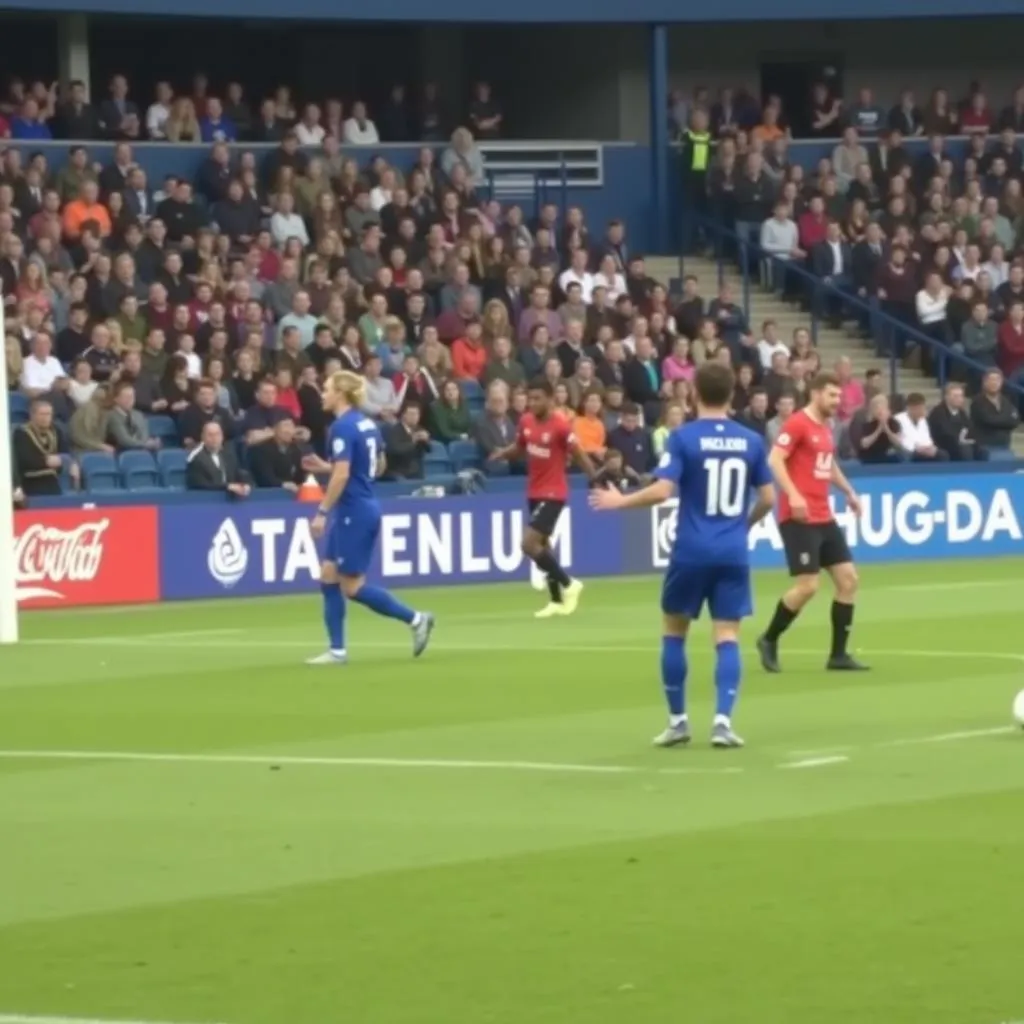Mastering the Back Pass: A Footballer’s Guide to Defensive Precision
October 9, 2024As a professional footballer, I understand the importance of every touch, every pass, and every decision on the pitch. While scoring goals often steals the spotlight, a well-executed back pass can be just as crucial to a team’s success. Let’s delve into the art of the back pass, exploring its significance and how you can master this often-overlooked skill.
Why the Back Pass is Your Secret Weapon
You might wonder, “Why pass the ball backwards when the goal is in front of me?” The answer lies in understanding the strategic depth of football. A well-timed back pass can be a game-changer, offering several advantages:
- Relieving Pressure: When facing a high press from the opposition, a back pass provides a valuable pressure valve. It allows your teammate to collect the ball with more time and space, breaking the opponent’s defensive line.
- Switching the Point of Attack: Football is a fluid game, and sometimes the most direct route forward is not a straight line. A back pass can help switch the point of attack, moving the ball quickly to the opposite side of the field where space may have opened up.
- Controlling the Tempo: Dictating the pace of the game is essential, and back passes allow your team to slow things down, regain possession, and build a more structured attack.
 Midfielder executing a back pass to relieve pressure
Midfielder executing a back pass to relieve pressure
Executing the Perfect Back Pass
Mastering the back pass is about more than simply passing the ball backwards. Here are key techniques to refine your technique:
1. Communication is Key: Before you even touch the ball, communicate with your teammate. A simple shout or hand gesture can alert them to your intentions, ensuring they are in position to receive the pass.
2. Weight and Accuracy: A poorly weighted back pass can be disastrous. Focus on using the inside of your foot for accuracy and control, adjusting the weight of the pass based on your teammate’s position and the pressure from opponents.
3. Vision and Awareness: Before playing a back pass, scan the field. Identify where your teammates are positioned and anticipate the movement of your opponents. This awareness will help you make the best decision for your team.
4. Disguise Your Intentions: Don’t make it obvious! Use your body shape and eye movements to disguise your intentions. A slight feint towards the opponent’s goal can create space for a clean back pass.
 Midfielder disguising a back pass with a body feint
Midfielder disguising a back pass with a body feint
Common Back Pass Scenarios and How to Handle Them
Let’s analyze some typical scenarios where a back pass can be a game-changer:
-
Scenario 1: Under Pressure in Your Own Half
You’ve received the ball with your back to goal, and an opponent is closing in fast. Instead of panicking, a quick back pass to a supporting midfielder or defender can alleviate the pressure and allow your team to rebuild possession.
-
Scenario 2: Breaking Down a Stubborn Defence
The opposition is sitting deep, making it difficult to penetrate their defensive line. A series of back passes can shift their defensive shape, creating space for a through ball or a shot from distance.
-
Scenario 3: Exploiting Overlapping Runs
If a teammate makes an overlapping run from a deeper position, a well-timed back pass can put them in a dangerous attacking position, catching the opposition off guard.
The Back Pass: More Than Just a Defensive Maneuver
Remember, the back pass is not solely a defensive tool. It’s an integral part of building attacks, controlling tempo, and dictating the flow of the game.
As with any football skill, practice makes perfect. Incorporate back passes into your training routines, focusing on accuracy, weight, and decision-making. By mastering this often-underestimated skill, you can elevate your game and become a more complete and valuable player.